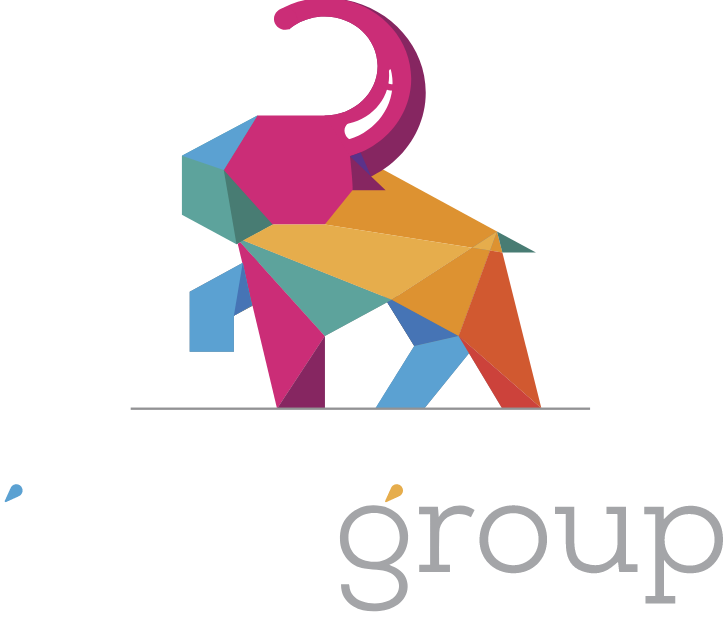
Beyond Money: The Real Reason Your Employees Stay or Go
In today’s market, salary alone is no longer the key differentiator it once was for recruiting and retaining talent. Salary can attract candidates, but it’s not what makes them stay.
At Ivory Group, we engage with professionals across the built sector every day. The most successful companies that retain top talent offer
more than a competitive salary. They prioritise connection, recognition, culture and long-term career alignment.
Retention today isn’t transactional. It’s built on trust. Keep reading to learn what matters most to candidates and how the best businesses respond.
What Employees Need Beyond Money
1. Work that aligns with their life goals
A strong talent retention strategy begins with understanding what truly drives a candidate. Today’s candidates aren’t just searching for a role, they’re looking for a workplace that aligns with their personal goals and values.
When their work aligns with their values, they stay longer and perform better. That’s why, during the hiring process, conversations should cover more than skills and availability. Recruiters and hiring managers who take the time to understand someone’s intrinsic motivators are more likely to attract talent who want to stay long-term.
Best Practice: Ask candidates about their future, personally and professionally. Get to know the interviewee beyond their skills for the job role. Consider how the role truly aligns with their values, goals and motivations. This depth of alignment is what ultimately drives retention.
2. Leaders who advocate and invest in them
People rarely leave companies, they leave managers. Leadership is one of the biggest drivers of retention, and it works both ways. High employee retention relies on leaders communicating well, showing genuine care, and advocating for their teams. When employees feel invested in, supported, and championed by their leaders, they reward that trust with loyalty. However, if employees consistently experience poor management, they feel unseen, unheard and unappreciated.
Best Practice: Prioritise leadership in your hiring process. A strong leader isn’t just a supervisor, they’re integral to your employee engagement and retention strategy.
3. Following through with promises
One of the most overlooked employee retention challenges is broken promises. Making promises during the recruitment process is easy; keeping them is what builds trust. Many companies make commitments during the recruitment phase, around training, flexibility, or future projects, but fail to follow through once the contract is signed. Over time, this erodes trust and engagement amongst top performers.
Employees want to see that what was promised aligns with what is delivered. This includes regular feedback, structured performance reviews, accessible leadership, and clear involvement in company direction.
Best Practice: Build accountability into your onboarding and management processes. Follow through on promises and keep communication open to maintain trust and engagement.
4. A culture that genuinely reflects its values
A strong corporate company culture doesn’t come from slogans or value statements; it comes from what people see and feel day to day. It’s in how decisions are made, how people are treated, and how leaders show up when things get tough. When there’s a real cultural fit, people feel comfortable speaking up, sharing ideas, and being themselves. And, this is often where real company growth comes from.
The companies that keep their best people are the ones where culture isn’t performative, it’s consistent. Values like respect, inclusion, and trust aren’t just mentioned in meetings; they’re reflected in how teams work together. When a culture breaks down, even small misalignments between employees and management can encourage top performers to leave.
Best Practice: The real test of culture is how your team describes it. If their experience doesn’t reflect the values you promote, then it’s time to reassess the misalignment.
5. Clear expectations and recognition for impact
Uncertainty about the future is one of the fastest ways to lose top professionals. Don’t let career development be an afterthought. Show employees where they’re headed through structured career planning, transparent communication about upcoming work, and clear feedback.
Best Practice:
Introduce structured recognition programs and blend feedback as part of the culture. When immediate promotions aren’t available, show employees how they can build skills, take on new challenges and move forward within the company.

Early Signals To Look Out For
Recognising early signs of disengagement helps you take action to improve retention. Top talent rarely leaves without warning. These are the subtle signals that can reveal company issues that need addressing:
- Quiet Quitting in action
A noticeable drop in work quality or motivation can indicate disengagement. When employees stop meeting deadlines or seem less invested in their tasks, it’s time to check in and offer support.
- Pulling away from communication and collaboration
When employees become less responsive, avoid meetings, or reduce interaction with managers and colleagues, it often means their connection to the team and company is weakening. Open dialogue is key to re-engaging them.
- Disappointment from unmet promises
Trust erodes quickly when companies fail to deliver on commitments made during recruitment or onboarding. Broken promises can leave employees feeling undervalued, pushing them to consider other opportunities.
When You Lead Well, People Stay
The most successful companies look beyond salary, embodying consistent leadership, clear communication, and genuine care for their people.
When businesses invest in understanding what truly drives their employees, beyond titles and pay, they create environments where people feel recognised, supported, and part of something meaningful. That’s where long-term loyalty is built.
If you want your best people to stay, show them there’s a reason to. And then follow through.
Do you need help with your recruitment process?
At
Ivory Group, our
expert consultants are here to help you.
Ivory Group specialises in recruiting top talent across the built environment. We support engineering, architecture, construction and government sectors with determination, tenacity, and a bit of grit.
We provide our clients with a tailored recruitment process to access the most suitable candidates. Our proven experience leverages our people's instincts to help you find and land the perfect long-term or project-based job candidate.
Get in touch
with us today to discover how Ivory Group can future-proof your hiring process.
SHARE






